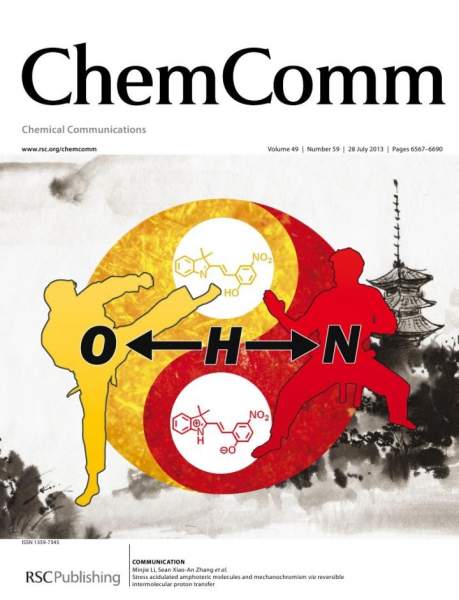Volatile organic compounds (VOCs) refer to organic compounds with boiling point of 50-260 ℃ and saturated vapor pressure of 133.33 Pa at room temperature. Most VOCs are easy to form secondary pollution with other gaseous pollutants in the atmosphere (such as SOx, NOx), resulting in photochemical smog, destruction of atmospheric ozone layer and impact on the global environment. At the same time, some VOCs have carcinogenic toxicity, stimulating effect on human eyes, cardiovascular lungs and liver, and toxic effect on the nervous system. With the rapid development of industrialization and urbanization, the increase in VOCs emissions is becoming more and more rapid. Therefore, the appropriate way to remove VOCs is the only way to build an environmentally friendly society. At present, catalytic oxidation technology is considered as one of the most promising removal methods. The emphasis is on the rational design of the catalyst. The traditional catalyst dispersion is not uniform high temperature sintering active components are easy to be poisoned and deactivated, affecting the final performance of the catalyst.
 The confined-structure catalyst can fix the active phase in a limited range, ensure the active phase distribution is uniform, and can effectively inhibit the high temperature sintering and prevent its poisoning, well solve the problems existing in the traditional catalyst, improve the activity and stability of the catalyst. Therefore, in recent years, this kind of catalyst has been paid more attention in various fields of catalysis, has become a research hotspot.
The confined-structure catalyst can fix the active phase in a limited range, ensure the active phase distribution is uniform, and can effectively inhibit the high temperature sintering and prevent its poisoning, well solve the problems existing in the traditional catalyst, improve the activity and stability of the catalyst. Therefore, in recent years, this kind of catalyst has been paid more attention in various fields of catalysis, has become a research hotspot.
However, the research progress of these catalysts in the field of VOCs catalytic oxidation has not been reported. In this paper, the synthesis, characterization, and applications of common confined-structure catalyst catalysts are reported for the first time to promote the development of catalyst design in the field of catalysis. The core–shell structure mainly covers the active nanoparticles (NPs) using a material with high thermal stability to achieve high dispersion of the active material and prevent its sintering. Channel packaging structure refers to the packaging of active NPs in the pores of the mesoporous support, thus effectively increasing the active sites and preventing the active components from sintering. Two-dimension materials interface induced structure covers active NPs on the closed nano-space formed by the interface of ultra-thin two-dimensional nanosheets. The defect-derived structure refers to the construction of defect sites on the surface of the catalyst support, which can anchor the active components to improve the anti-sintering performance of the catalyst.
The review article 《A review of confined-structure catalysts in the catalytic oxidation of VOCs: synthesis, characterization, and applications》have been published in international well-known journal Catalysis Science & Technology (IF: 5.721). The first author of this paper is Wu Xueqian, a master student from the School of Environment, Tianjin University. The corresponding authors are Professor Qingling Liu and Teacher Han Rui.
Prof. Qingling Liu's team has long been committed to the research in the field of air pollution control, and has made a series of research achievements in the treatment of volatile organic compounds and the treatment of mobile source tail gas. In the past five years, in strong>Applied Catalysis B: Environmental, Environmental Science & Technology, Chemical Engineering Journal, Green Chemistry, ACS Applied Materials & Interfaces, Langmuir, Applied Catalysis A: General, Ultrasonic Sonochemistry, Applied Surface Science, Journal of Chemical Technology and Biotechnology, Chemosphere, ChemCatChem and other international journals published more than 40 papers.





